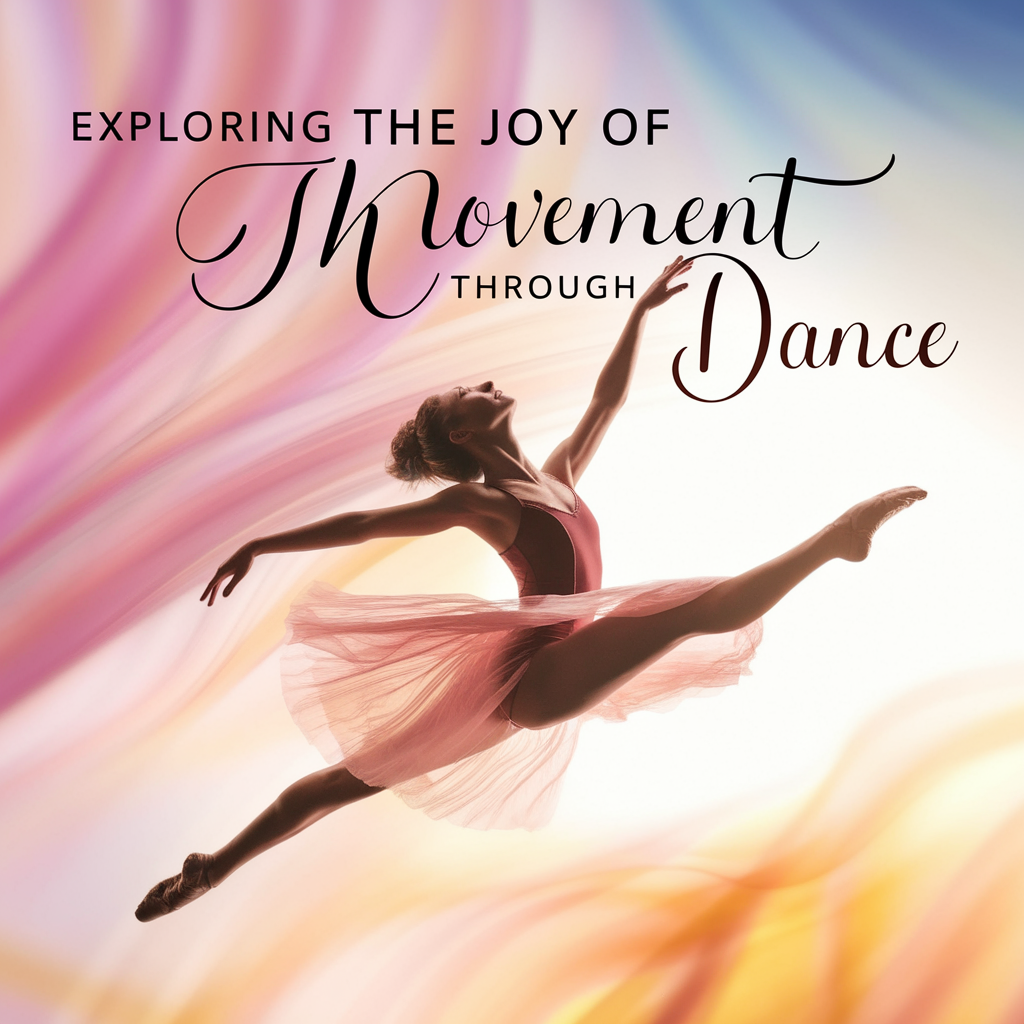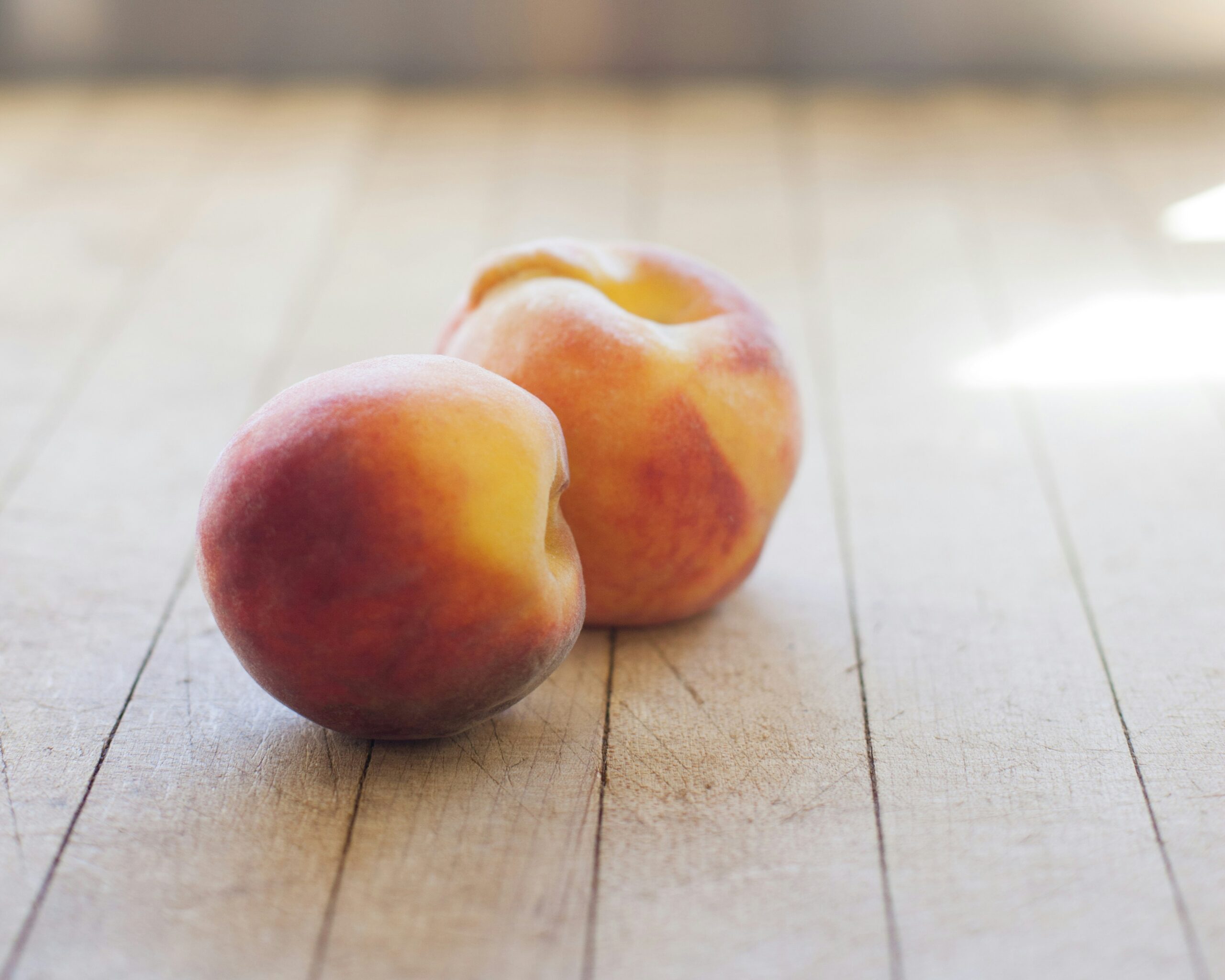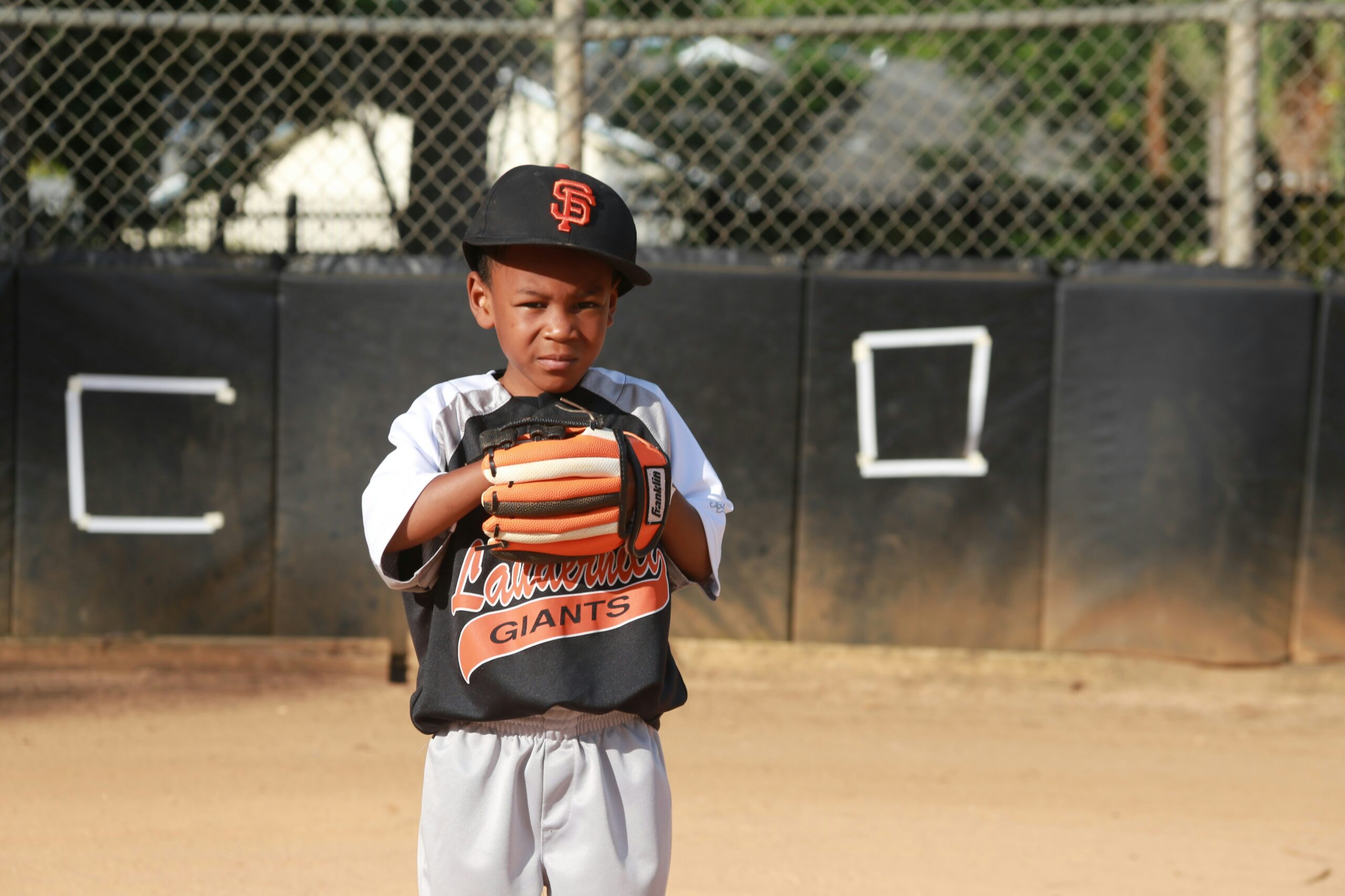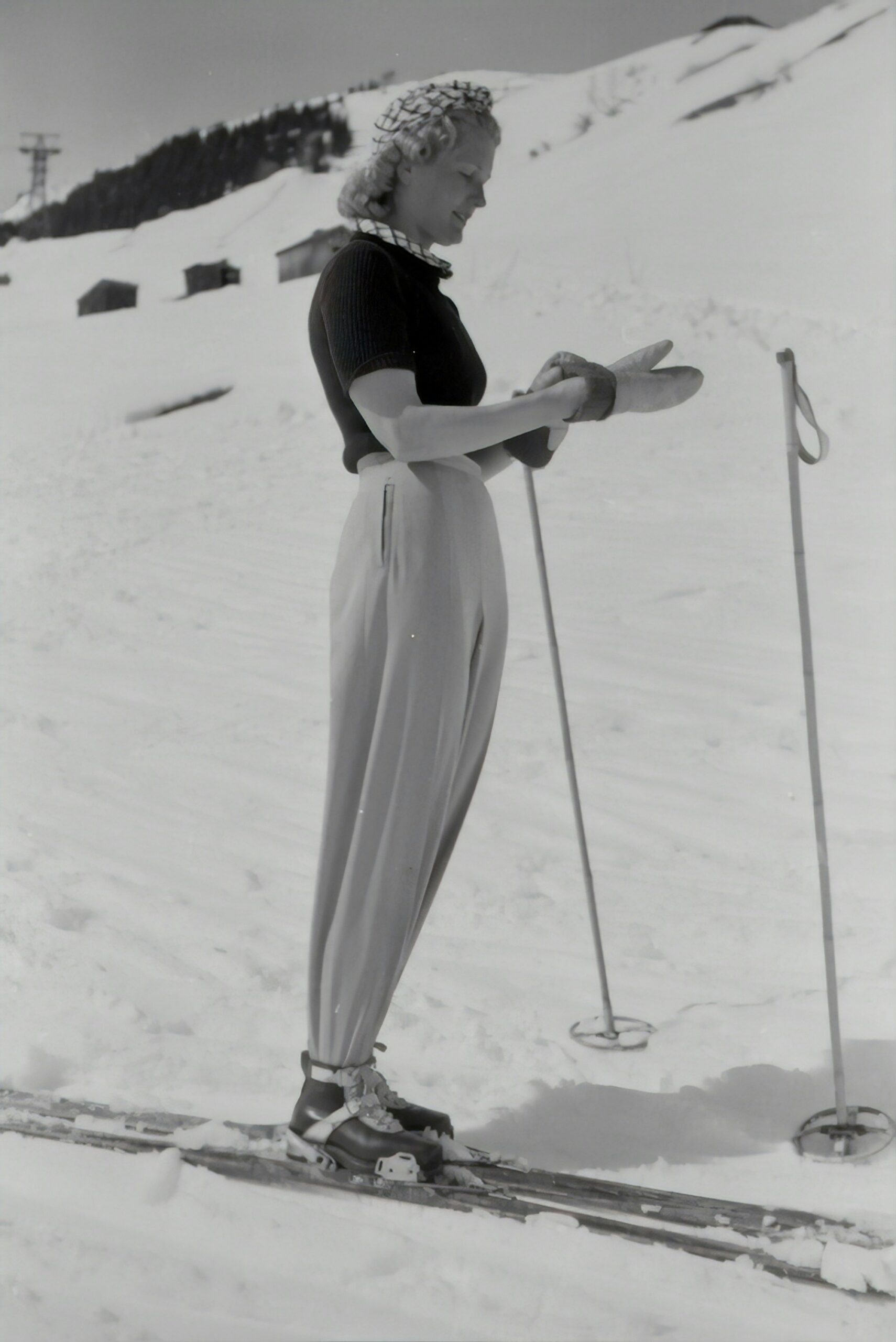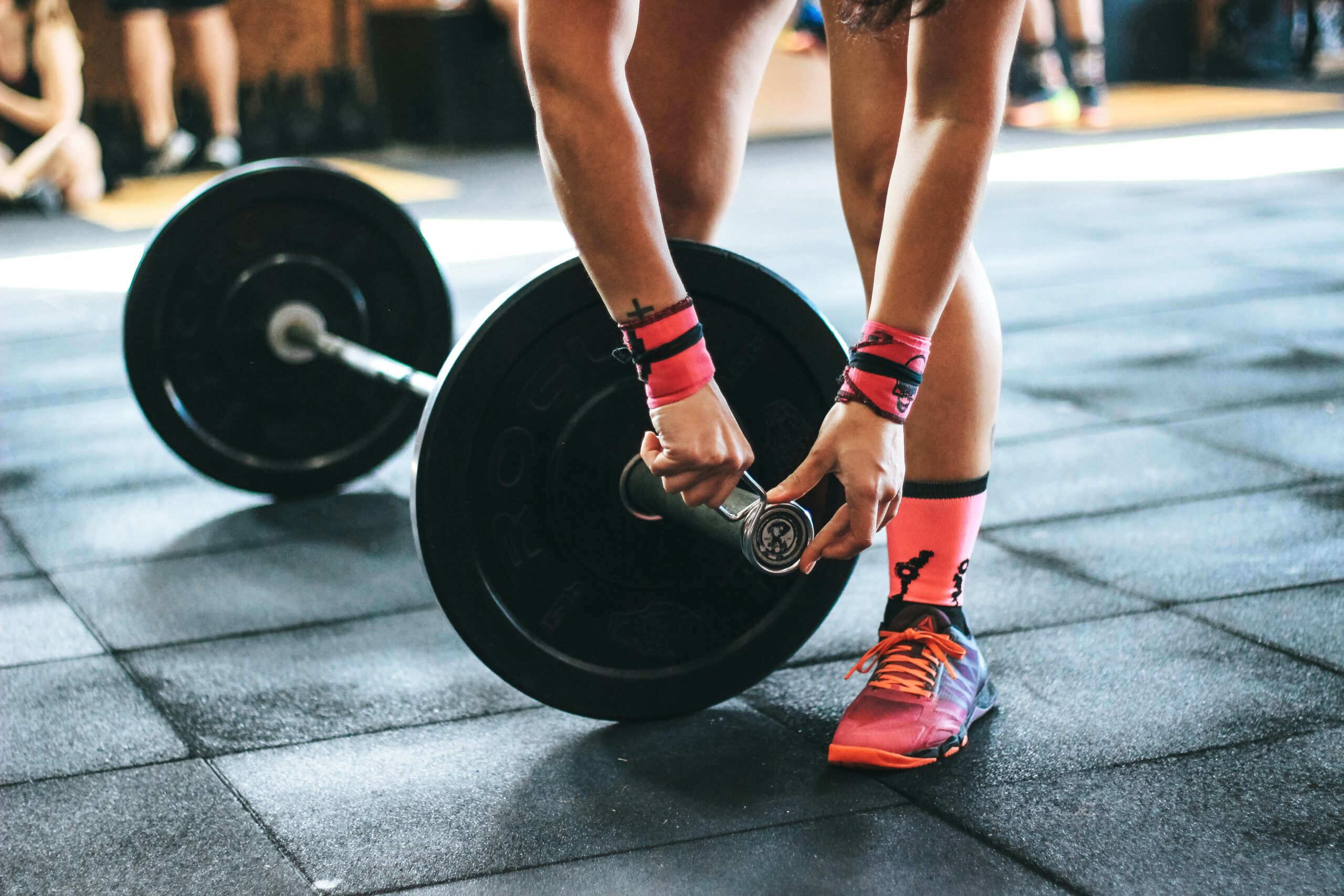Exploring the Joy of Movement Through Dance
Have you ever found yourself tapping your feet to a catchy tune, even in the middle of a crowded subway car? Or perhaps you’ve felt an irresistible urge to sway your hips at a wedding reception, even if your dance skills resemble those of a newborn deer? Dance, in all its forms, invites us to revel in the sheer joy of movement. It’s not just a performance art; it’s a universal language spoken by bodies in motion. Today, let’s delve into the remarkable world of dance and explore how it connects us, heals us, and brings delight to our everyday lives.
The Universal Language of Dance
From the rhythmic beats of African tribal dances to the elegant poise of a ballet performance, dance transcends cultural boundaries and speaks to our shared human experience. It is a form of expression that communicates emotions, tells stories, and fosters connection. I remember attending a local cultural festival where dancers from various backgrounds came together to showcase their traditional moves. Each performance was a window into a different world, and it struck me how, despite the differences in style and technique, the joy of movement was palpable. The audience—young and old, familiar and foreign—was united in celebration.
Why Do We Dance?
At its core, dancing is an instinctive reaction to music and rhythm. But the reasons we dance extend far beyond just the beat. Various studies indicate that dancing can have profound psychological and physical benefits. Here are a few intriguing insights:
- Emotional Release: Dance allows us to express feelings that words often fail to capture. Whether it’s joy, sorrow, or anger, moving our bodies can be incredibly cathartic.
- Physical Fitness: It’s no secret that dancing is a fantastic workout. Many forms of dance improve strength, flexibility, and cardiovascular health.
- Social Connection: Dance fosters relationships. Whether it’s a partner dance or a group class, it brings people together in a shared experience.
In fact, I’ve often joked that I have two left feet, yet I’ve found that even the most awkward of movements can lead to laughter and camaraderie. There’s something wonderfully freeing about letting go of our inhibitions and just moving.
The Healing Power of Dance
Interestingly, dance is not only a source of joy but also a means of healing. Therapeutic dance—such as Dance Movement Therapy (DMT)—has gained recognition for its ability to aid in mental and physical health recovery. In recent years, a growing body of research has highlighted how dance can alleviate symptoms of anxiety, depression, and trauma.
Real Stories, Real Impact
Take, for example, the story of Maria, a young woman who found solace in dance after a traumatic event. She attended a weekly dance class that combined contemporary movements with expressive storytelling. Through dance, she began to process her emotions, and over time, she discovered her voice—both literally and figuratively. “It’s like my body knew what I needed to express,” she told me during an interview. “I didn’t have to say a word, and yet it felt like I was telling my story.”
Moreover, dance has been shown to improve cognitive function in older adults. Engaging in dance classes promotes memory, coordination, and even social interaction, which are vital for a healthy mind as we age. I once attended a lively seniors’ dance event, where I was astounded by the energy and joy radiating from the participants. They weren’t just dancing; they were living fully, demonstrating that age is merely a number when it comes to movement.
Dance in Popular Culture
From the ballroom to the streets, dance has shaped popular culture in countless ways. Think about it—how many times have you found yourself humming a catchy tune from a dance movie? Films like “Dirty Dancing,” “Step Up,” and even “La La Land” showcase the beauty of dance, inspiring viewers to tap into their own inner dancer. It’s fascinating how cinema has the power to influence our perception of dance and even motivate us to join in.
The Influence of Dance Competitions
Television dance competitions, such as “So You Think You Can Dance” and “Dancing with the Stars,” have taken the world by storm. These shows not only highlight the extraordinary talent and dedication of dancers but also encourage viewers to appreciate dance as an art form. They provide a platform for aspiring dancers to showcase their skills, often leading to life-changing opportunities.
However, it’s important to remember that dance isn’t just about being the best; it’s about enjoying the process. I have a friend who once tried out for a dance reality show. Although she didn’t make it past the first round, she still cherishes the experience and the friendships she developed during auditions. “I didn’t need to win; I just needed to dance,” she said, and I couldn’t agree more.
Finding Your Rhythm
So, how do you find your rhythm? The beauty of dance is that there’s something for everyone. Whether you prefer the fiery passion of salsa, the fluid grace of ballet, or even the raw energy of hip-hop, the options are endless. It’s about discovering what resonates with you.
Getting Started
If you’re new to dance or looking to reignite your passion, consider the following tips:
- Take a Class: Look for local dance studios offering beginner classes. Many studios provide a variety of styles, so you can experiment and find what you love.
- Dance at Home: Don’t underestimate the power of a living room dance party. Blast your favorite playlist and let loose—no judgment, just joy!
- Join a Community: Many cities have community dance groups or clubs. Joining a group not only helps improve your skills but also enables you to meet like-minded individuals.
Remember, the goal is not perfection; it’s about having fun and embracing the joy of movement. I can’t tell you how many times I’ve tripped over my own feet or miscounted the steps, but those moments often lead to the biggest laughs.
Dance as a Form of Self-Expression
One of the most beautiful aspects of dance is its ability to serve as a canvas for self-expression. Each dancer brings their unique story, perspective, and emotion to the floor. It’s a way to translate internal feelings into external movements, creating a connection with the audience that transcends words.
Choreography and Improvisation
When we think of dance, we often envision choreographed routines. While choreography is an essential aspect of many dance forms—like ballet or jazz—improvisation plays a crucial role too. Improvisational dance invites spontaneity, allowing dancers to respond to music or emotions in real-time. It’s a thrilling experience, akin to a conversation with an old friend, where you let go of any preconceived notions and simply let the moment guide you.
Once, during a free dance session, I decided to step away from structured moves and just follow the music. It felt liberating—more like a conversation with my body than a performance for an audience. I didn’t care if anyone was watching; I was in my own world, completely enthralled by the rhythm. That’s the magic of dance—it can transform a mundane moment into something extraordinary.
The Future of Dance
As we look ahead, the world of dance continues to evolve. With the rise of social media platforms like TikTok and Instagram, new trends emerge almost daily. Dance challenges and viral routines have introduced a younger generation to movement in a way that’s both accessible and fun. It’s remarkable how technology can connect people across the globe, united by a shared love for dance.
Breaking Barriers
Moreover, dance is increasingly becoming a platform for social change. Dancers are using their art to raise awareness about critical issues, from mental health to social justice. The choreography is not just about the aesthetics; it’s about telling a story and making a statement. This blend of artistry and advocacy is a testament to the power of dance as a tool for transformation.
As someone who loves to see the world through the lens of movement, I find this evolution exhilarating. The possibilities are endless, and I can’t wait to see where dance will take us next. Perhaps we’ll witness a future where dance becomes an integral part of education, or maybe we’ll see new styles emerge that we can’t even imagine yet. Who knows, maybe one day I’ll be twirling away in a virtual reality dance-off!
Final Thoughts
In the grand tapestry of human experience, dance holds a unique and vibrant thread. It invites us to connect with ourselves, with each other, and with the world around us. Whether you dance for joy, for healing, or simply for the love of movement, there’s no wrong way to express yourself.
So, the next time you hear your favorite song, allow yourself to move—however awkwardly, however freely. Embrace the joy of movement through dance, and you might just discover a new way to express the unexplainable, to connect with others, and to celebrate the beautiful chaos of life.
And who knows? You might even find yourself inspiring others to join in, creating a ripple effect of joy that dances its way through your community.

